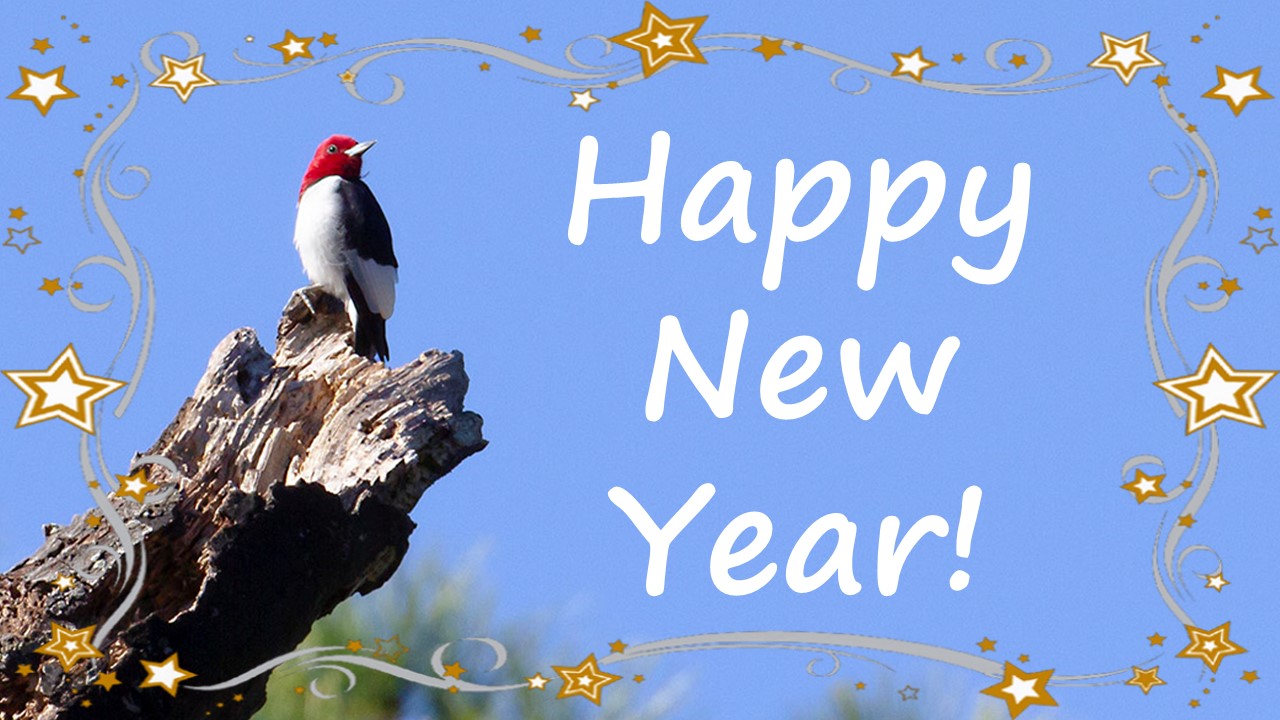The Audubon Observer, January 2023
|
|
||||
JACKSONVILLE CHRISTMAS BIRD COUNT
Many thanks to the dedicated volunteers who came out on a frigid December morning to continue this longstanding Audubon tradition! And a special thanks to count compiler Jeffrey Graham for all his hard work organizing the volunteers and tabulating the results. HOW YOU CAN HELP BIRDS SURVIVE As we fly into the new year, it’s a great time to think about what we can do to help birds overcome the many survival challenges they face in today’s world. While large-scale projects have a more obvious impact, if enough individuals make small changes in our daily lives, birds and other wildlife will benefit. Here is our list of twelve ways YOU can help birds survive (view the PDF version of this list here):
We all love to watch birds, whether at feeders, on a local bird walk outing, or traveling to see a rare bird, but in order to ensure that future generations can enjoy them as much as we do, we all need to do our part to help them survive and thrive. JOIN OUR BOARD OF DIRECTORS This year we are working to recruit additional board members to help us continue to achieve our mission to connect people with nature in the coming year and beyond. If our chapter is going to continue to be able to offer great monthly programs, bird walks, and educational outreach events in our community, we need additional volunteers to step up and take on some of those responsibilities. We are an all-volunteer organization and can only achieve our mission if we have willing volunteers to do the work required to make these offerings a reality.
“I started bird watching in the fall of 2019 when I was encouraged to go out birding with my sister Andrea Banks. It was shortly afterwards that I ran into Duval Audubon board member Jeffrey Graham at Black Creek Park who took me under his wing and showed me the ropes of birding. Having such a wonderful mentor who is an incredible birder has helped me learn and grow tremendously. He encouraged me to join the Duval Audubon board and has helped guide me as a new birder to resources to improve my birding skills and broaden my birding community. As a member of Duval Audubon, I have met incredible people, strengthened my skills as a birder and my confidence by leading field trips, and I have been connected to and more aware of conservation issues affecting birds in our area. A little about me! My favorite meal is pork and sauerkraut with mashed potatoes. I love to drink tea and have a rather impressive tea and honey collection. I have two chihuahuas Buddy and Titan. I practice and study martial arts in addition to working as a cardiac ICU nurse. I love to read and watch movies on lazy days. I don’t have a favorite bird because I love too many. The craziest bird I saw was the Steller’s Sea Eagle in Boothbay, Maine. I love to travel and bird watch so if you ever need a birding buddy, I’m your person!" We are so happy to have Jessica on our team! If you would like to join our board of directors to help our chapter achieve our mission, please apply on our website. 500 BIRDS IN ONE YEAR Jessica had an exciting year in 2022 and ended up doing a mini "big year" without actually planning to! Here's her account: "It all started on a whim last January. I chased the once in a lifetime vagrant Steller’s Sea Eagle in Boothbay, Maine. I had never been more nervous and simultaneously elated at a last second, spontaneous decision. The fear that it would all be for naught nagged in the back of mind as I searched the tree line time and time again the morning of January 24th. Thankfully, I spotted the eagle, and it stayed around for a couple of hours to really enjoy the experience.
When I returned home, I planned a Costa Rican birding adventure with my sister Andrea Banks, and we got 200+ species of birds over 4 days of hustling. It wasn’t long before I was back home planning my next trip back to Maine for the Hog Island Audubon Camp to get Atlantic Puffins! That incredible trip left me with several new birds, great friends, and wonderful memories I will cherish for a lifetime.
MEMBERSHIP MATTERS Feel better in the New Year! Research shows that getting out in nature can reduce blood pressure, heart rate, muscle tension, and the production of stress hormones. Join Duval Audubon Society on one of our upcoming bird walks or a nature walk at our Crosby Sanctuary. And, if you are not already an Audubon member, be sure to join our chapter while you are at it. For a very reasonable introductory membership donation of just $20 you can join the more than 1,000 others in our area who have made a commitment to birds and preserving their habitat. Join now! UPCOMING ACTIVITIES Here's what's happening this month:
Best wishes for a happy, healthy, and BIRDY New Year!
All content by Carol Bailey-White unless otherwise noted. Duval Audubon Society, Inc.
|
||||
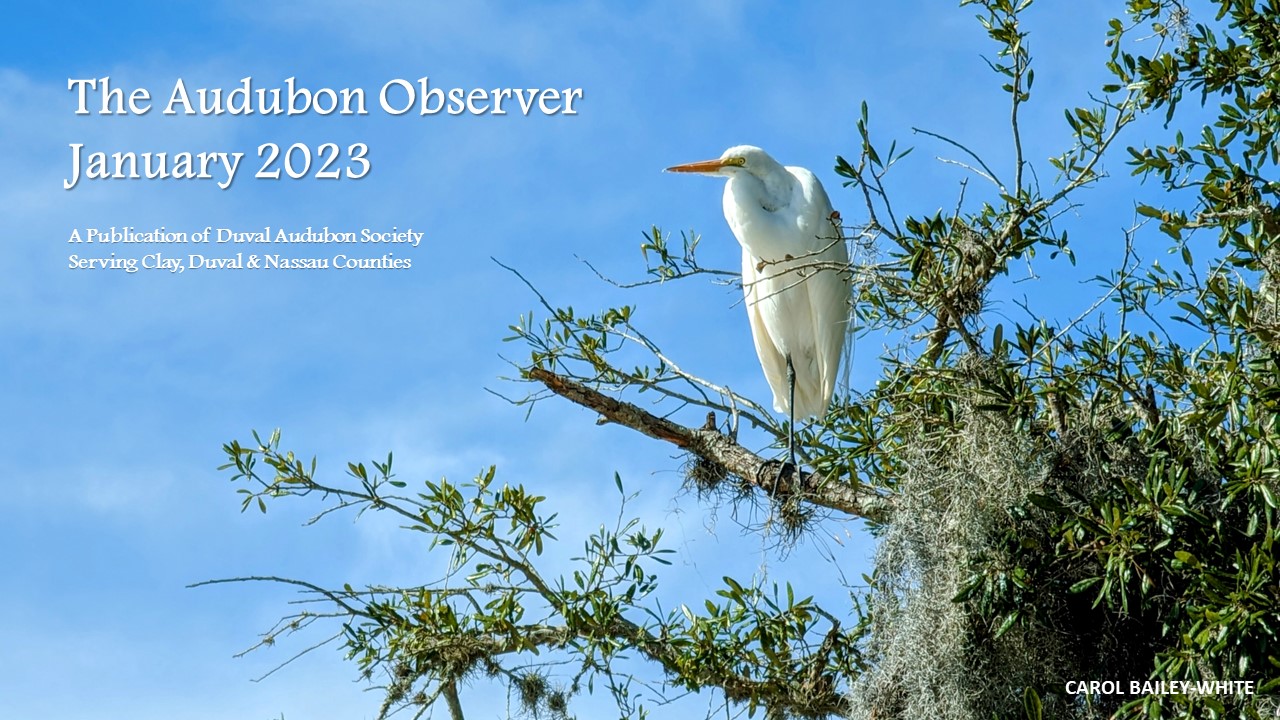
 This year's Jacksonville Christmas Bird Count was a great success in spite of the freezing temperatures on December 26th. 42 volunteers braved the chill and tallied 155 species (only two fewer than last year) and more than 20,000 individual birds! Standout species included a spectacular male Vermillion Flycatcher spotted at the Blount Island Marine Corps Support Facility (our team had special permission to access this site for the count), a Red-throated Loon, observed in Nassau Sound off the sound shore at Spoonbill Pond, and a Sora, seen at the Mayport Naval Station count site. Seven White-crowned Sparrows were spotted at Huguenot Memorial Park, and nearly 1,400 American Robins were counted by all the teams combined.
This year's Jacksonville Christmas Bird Count was a great success in spite of the freezing temperatures on December 26th. 42 volunteers braved the chill and tallied 155 species (only two fewer than last year) and more than 20,000 individual birds! Standout species included a spectacular male Vermillion Flycatcher spotted at the Blount Island Marine Corps Support Facility (our team had special permission to access this site for the count), a Red-throated Loon, observed in Nassau Sound off the sound shore at Spoonbill Pond, and a Sora, seen at the Mayport Naval Station count site. Seven White-crowned Sparrows were spotted at Huguenot Memorial Park, and nearly 1,400 American Robins were counted by all the teams combined.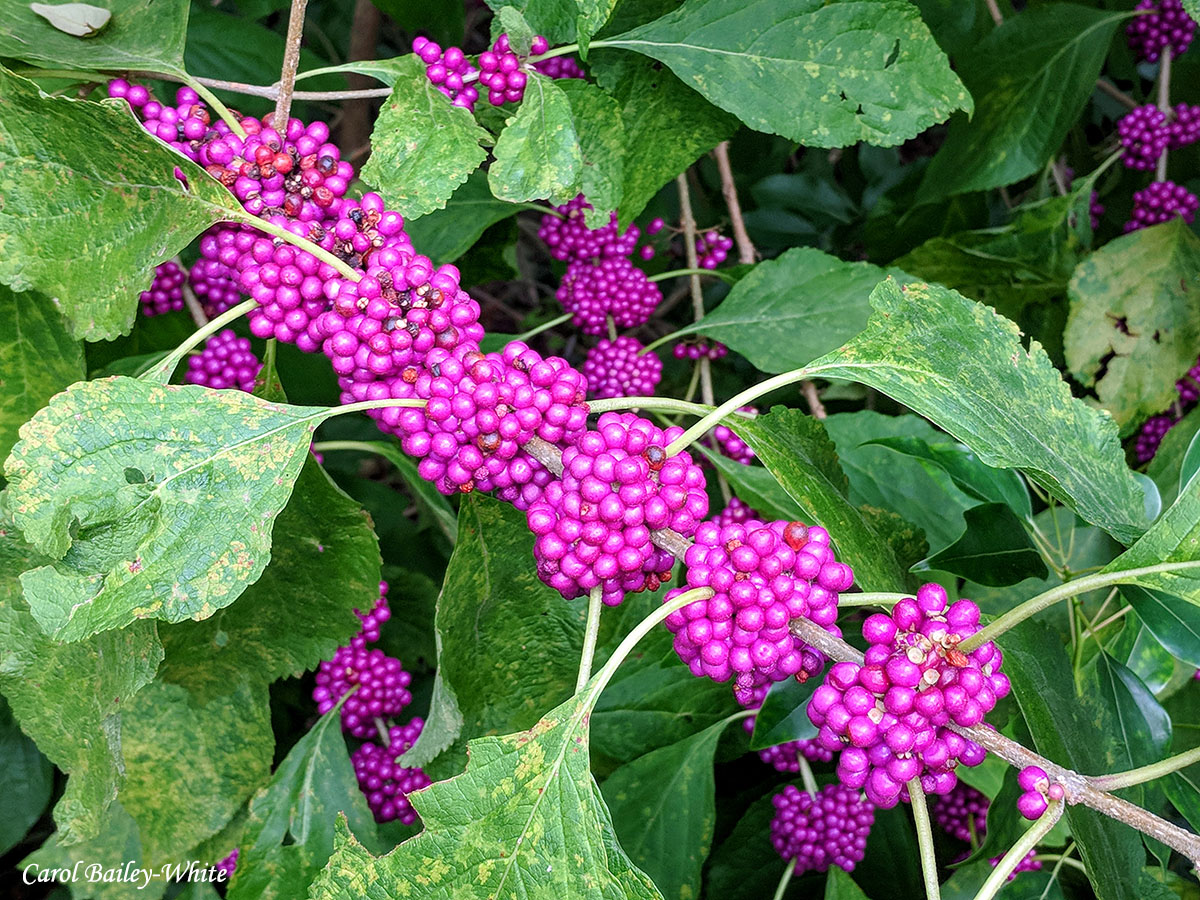 Plant native plants – among other benefits, native plants support the insects that nesting birds need to feed their chicks.
Plant native plants – among other benefits, native plants support the insects that nesting birds need to feed their chicks.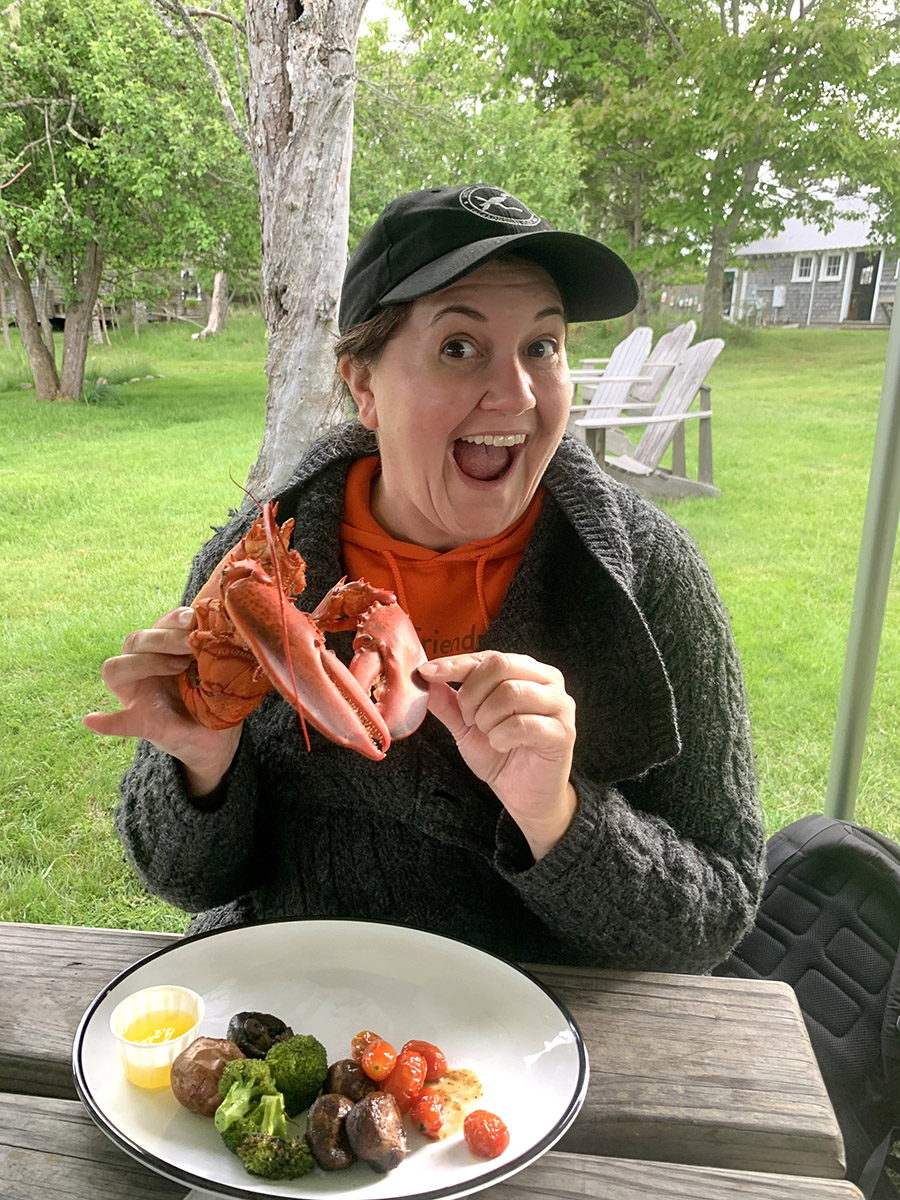 We’re also introducing a "meet our board members" feature in this month's newsletter. First up: field trips planning committee member Jessica Dyszel (left). In her own words:
We’re also introducing a "meet our board members" feature in this month's newsletter. First up: field trips planning committee member Jessica Dyszel (left). In her own words: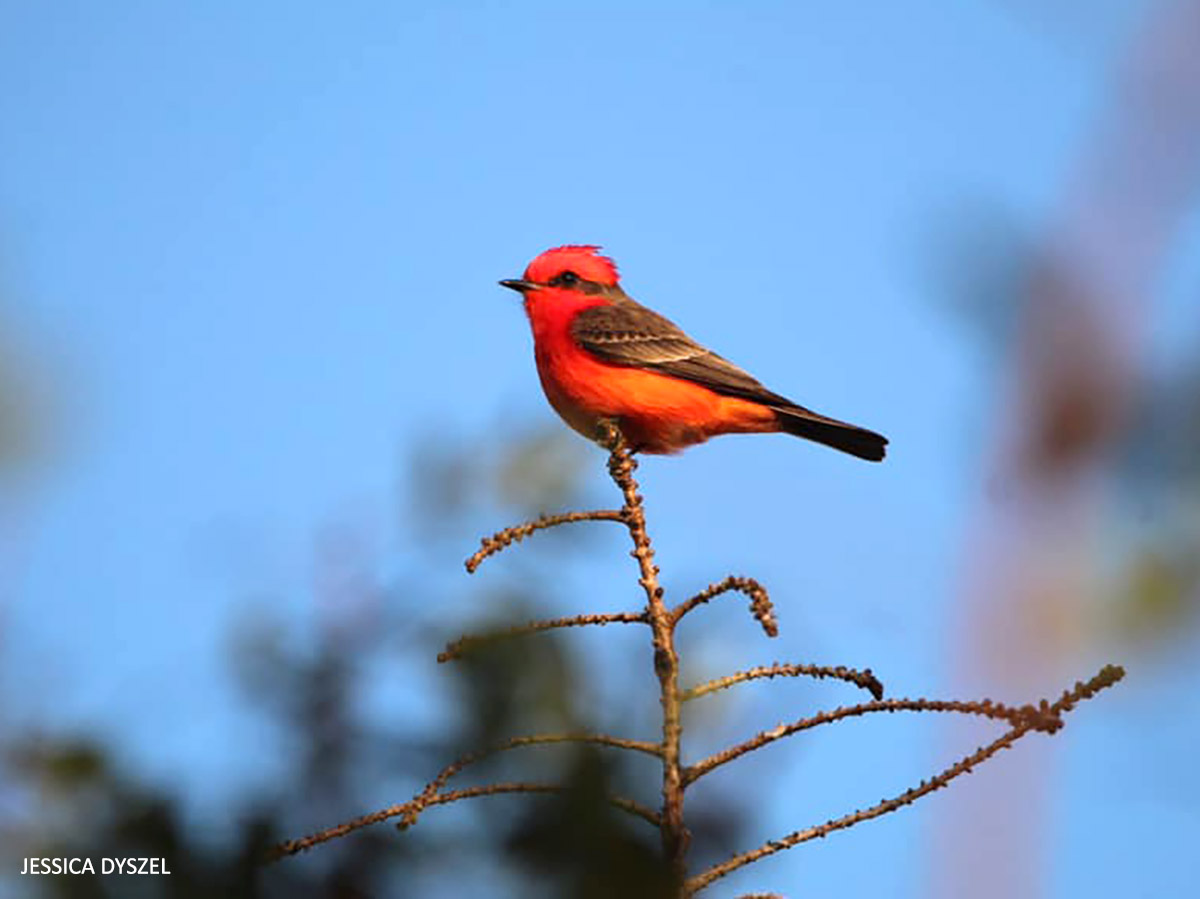 It was there that I met some “Big Year” birders and I learned more about their travels and how they do a big year. We hung out for the day chasing other Maine rarities such as a Barnacle Goose. It got me thinking about how I would go about a Big Year if I ever decided to do one. Shortly after I arrived back in Jacksonville, I took off to South Florida for my annual “Birdcation” for Bird-day, my personal birthday tradition. I chased several South Florida rarities including a Zenaida Dove, Smooth-billed Ani, and Vermillion Flycatcher. After years of not traveling from Covid, I had an insatiable itch to travel and see birds.
It was there that I met some “Big Year” birders and I learned more about their travels and how they do a big year. We hung out for the day chasing other Maine rarities such as a Barnacle Goose. It got me thinking about how I would go about a Big Year if I ever decided to do one. Shortly after I arrived back in Jacksonville, I took off to South Florida for my annual “Birdcation” for Bird-day, my personal birthday tradition. I chased several South Florida rarities including a Zenaida Dove, Smooth-billed Ani, and Vermillion Flycatcher. After years of not traveling from Covid, I had an insatiable itch to travel and see birds.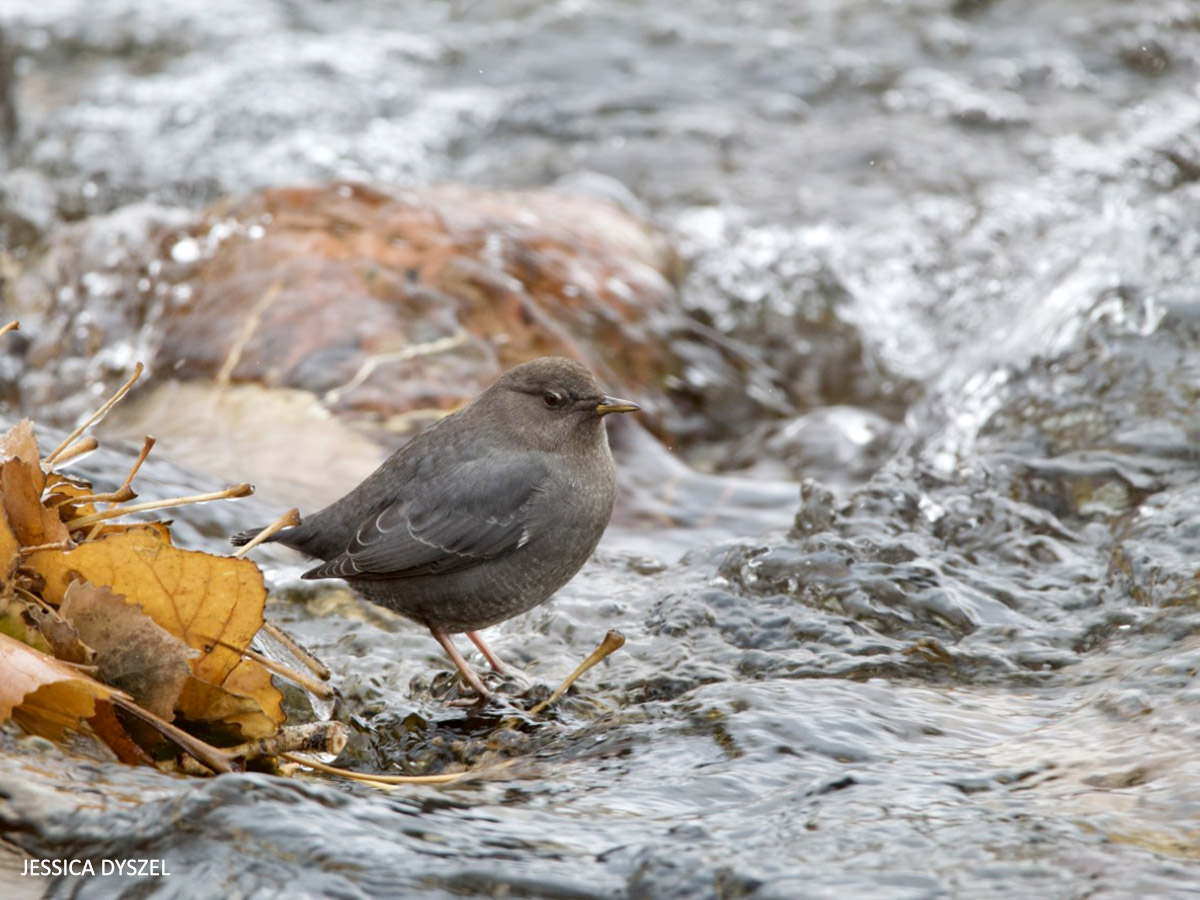 When I got back, I was beginning to feel tired from my travels. How Big Year birders did it was beyond me! I did local birding for a while and then went back to Maine in the fall to get some more birds and experience Maine in all its seasonal glory. I realized there that I was close to having a 500-species year and with some more hustling, I could make it possible. I decided to go out west. To Colorado I went, where I saw some personal goals of Scaled Quail and an American Dipper. The trip had taken me to my 500 species goal! It was an incredibly unplanned and yet simultaneously wonderful challenge! I didn’t set out to do a big year, but I found myself in the depths of one of my own. It had taken me 3 years of near constant birding to get 500 life birds and in one wild and crazy year, I had seen 500 birds. It wasn’t a goal I set out for, but it found me and has left me with an extremely wonderful year filled with remarkable memories and birds!"
When I got back, I was beginning to feel tired from my travels. How Big Year birders did it was beyond me! I did local birding for a while and then went back to Maine in the fall to get some more birds and experience Maine in all its seasonal glory. I realized there that I was close to having a 500-species year and with some more hustling, I could make it possible. I decided to go out west. To Colorado I went, where I saw some personal goals of Scaled Quail and an American Dipper. The trip had taken me to my 500 species goal! It was an incredibly unplanned and yet simultaneously wonderful challenge! I didn’t set out to do a big year, but I found myself in the depths of one of my own. It had taken me 3 years of near constant birding to get 500 life birds and in one wild and crazy year, I had seen 500 birds. It wasn’t a goal I set out for, but it found me and has left me with an extremely wonderful year filled with remarkable memories and birds!"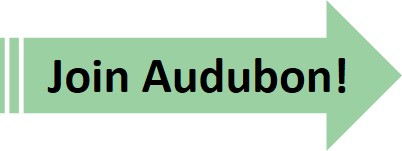
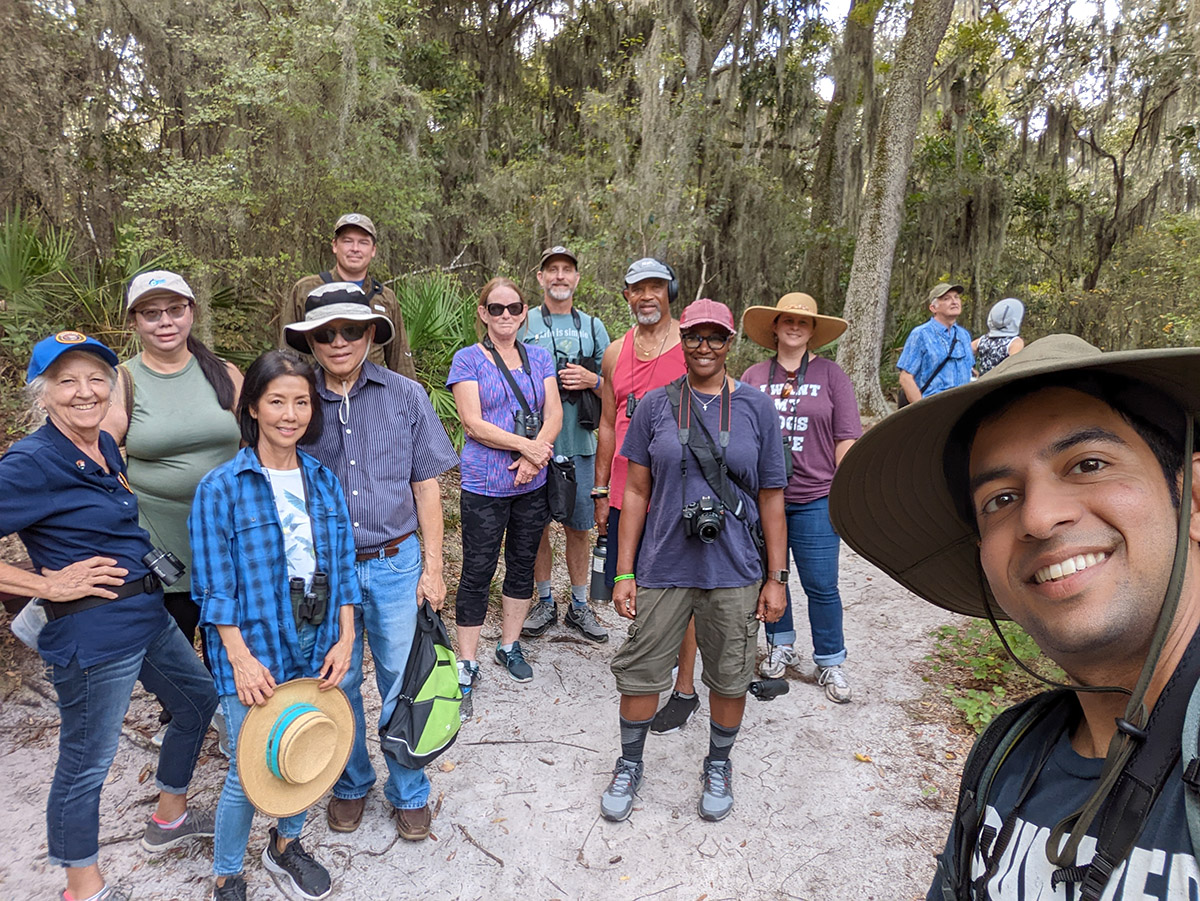 Bird Walk for Beginners @ Fort Caroline National Memorial
Bird Walk for Beginners @ Fort Caroline National Memorial